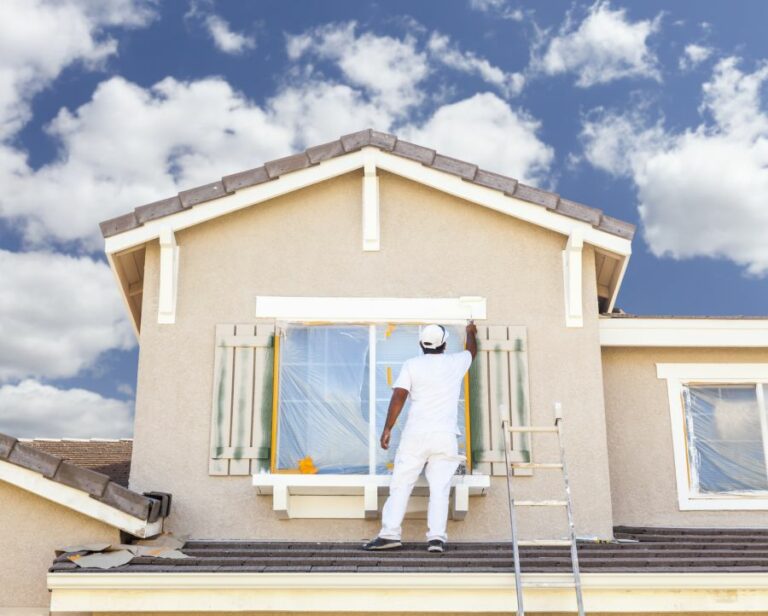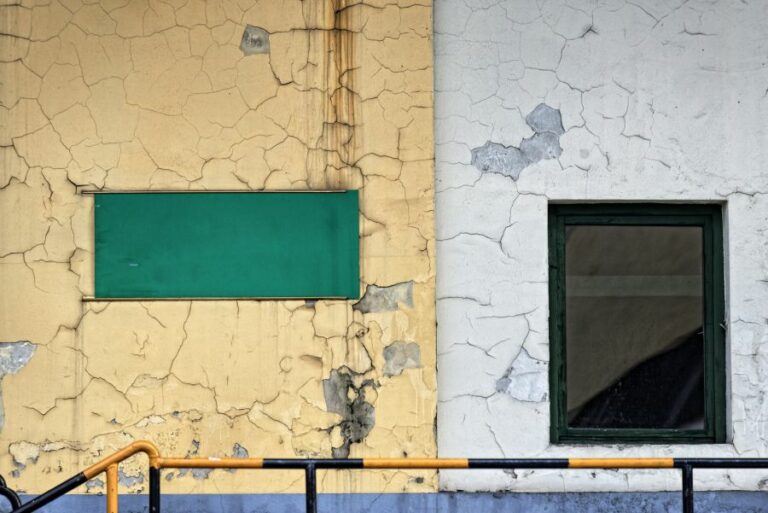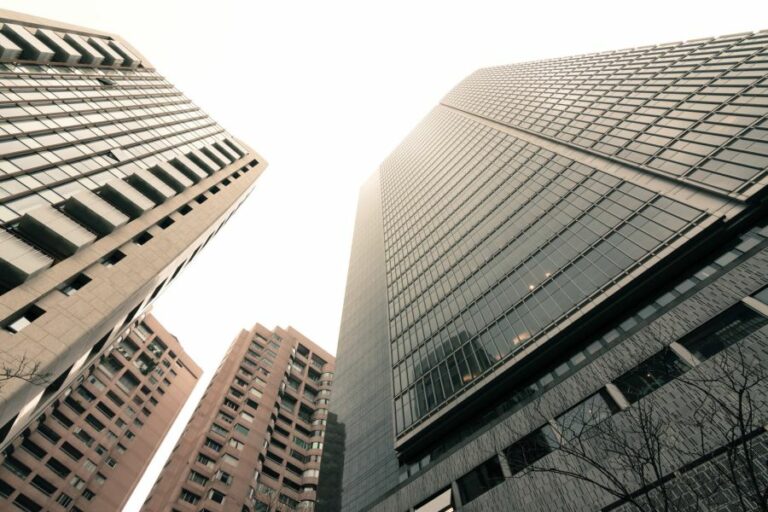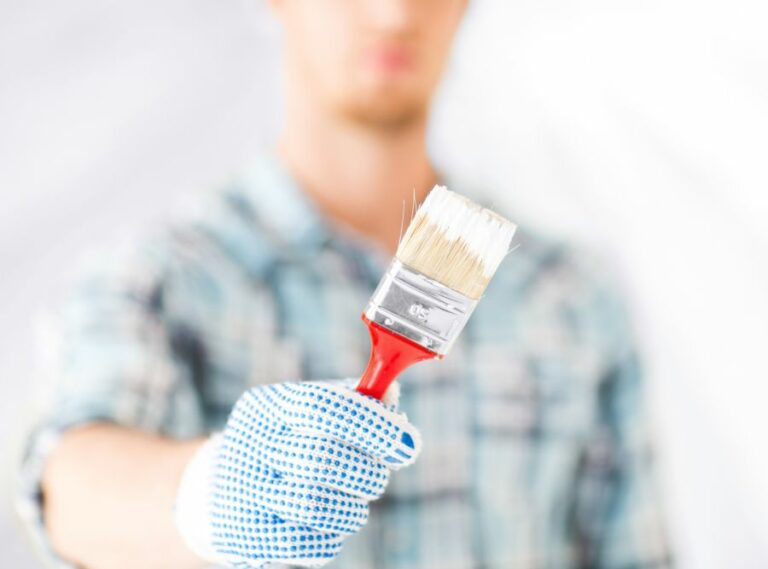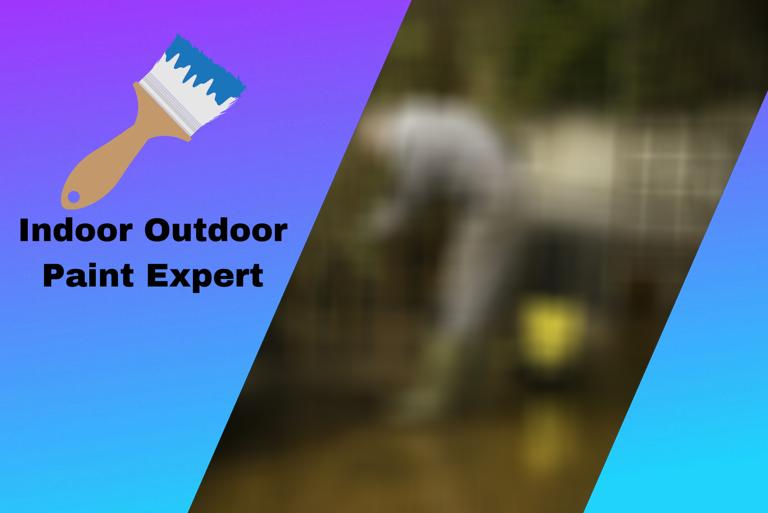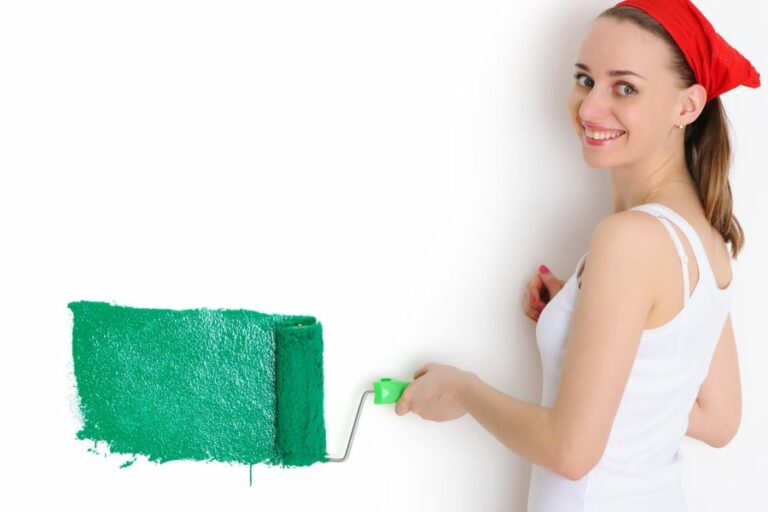Interior Surface Sanitizing Solutions. What Pros Say
As we continue to navigate through these unprecedented times, ensuring a clean and healthy environment is more important than ever. Our expertise in interior surface sanitizing solutions can be the key to maintaining the safety and well-being of your family, employees, and clients.
Interior surface sanitizing solutions:
Interior surface sanitizing solutions include alcohol-based sanitizers, quaternary ammonium compounds (QACs), hydrogen peroxide, steam cleaning, and ultraviolet (UV) light. A multi-layered approach, combining these methods and maintaining proper hand hygiene, is recommended for maintaining a clean and healthy living environment.

Discover a variety of effective interior surface sanitizing solutions for creating a cleaner, healthier environment in your home or office. Learn about the latest products, techniques, and tips to ensure optimal protection against viruses, bacteria, and allergens.
Read on to maintain a safe, hygienic living and working space.
Contents
- 1 Solutions for Sanitizing Indoor Surfaces
- 2 Effective Surface Sanitizing Solutions
- 3 Household Disinfectants for Surfaces and Equipment
Solutions for Sanitizing Indoor Surfaces
Sanitizing surfaces is an essential task in maintaining a clean and healthy living environment. There are various methods available for sanitizing interior surfaces. Some of the best practices involve using specialized cleaning agents or devices designed specifically for the task.
• Chemical Sanitizing Agents
– Alcohol-Based Sanitizers
One of the most popular and effective solutions for sanitizing surfaces is to use alcohol-based sanitizers. They usually come in the form of wipes, sprays, or liquid solutions and are often made up of isopropyl alcohol, ethanol, or ethyl alcohol.
These sanitizing agents work by breaking down the cell membrane of bacteria, viruses, and other germs, ultimately killing them upon contact.
I recommend using alcohol-based sanitizers with a concentration of at least 70% alcohol for optimal results. Be sure to always follow label instructions on the product you are using, and remember that some surfaces, such as wood or certain plastics, may be damaged by alcohol-based sanitizers.
– Quaternary Ammonium Compounds
Quaternary ammonium compounds (QACs), also known as “quats,” are another popular choice for interior surface sanitizing. These versatile chemicals are commonly found in disinfecting cleaners and are effective against a broad range of harmful microorganisms.
Some advantages of using QACs include their non-toxic nature, low odor, and long-lasting effects – even after surfaces become dry. However, it’s essential to note that they may not be as effective against certain viruses, such as norovirus.
– Hydrogen Peroxide
Hydrogen peroxide is a commonly found household product that can also serve as an effective sanitizing solution for interior surfaces. This sanitizing agent works through a process known as oxidation, breaking down cell walls and destroying germs at a molecular level.
I recommend using a 3% hydrogen peroxide solution to sanitize surfaces effectively. While hydrogen peroxide may be more gentle on most surfaces compared to alcohol-based sanitizers or QACs, it may still cause damage or discoloration to some materials.
Always perform a patch test and follow the manufacturer’s instructions.
• Physical Sanitizing Solutions
– Steam Cleaning
Steam cleaning is a powerful sanitizing solution that relies on heat and moisture to eliminate germs and dirt from surfaces. This method is particularly effective in sanitizing porous surfaces and textiles, such as carpets, upholstery, and curtains.
A key benefit of steam cleaning is its ability to sanitize surfaces without the use of harmful chemicals. However, it is essential to use the appropriate steam cleaner attachments and follow the manufacturer’s instructions closely to avoid damaging surfaces.
– Ultraviolet (UV) Light
Ultraviolet (UV) light sanitizing is an emerging technology that is becoming more accessible and affordable for home use. UV light works by destroying the DNA and RNA of microorganisms, rendering them harmless and unable to reproduce.
UV sanitizing devices are available in various forms, including handheld wands, air purifiers, and phone sanitizers. Although they can be effective without using chemicals, it is important to understand that UV light can damage some surfaces and should not come into direct contact with skin or eyes.
• A Multilayered Approach to Surface Sanitizing
For the most thorough and effective interior surface sanitizing, it is wise to employ a combination of the solutions mentioned above.
For example, using alcohol-based sanitizers or QACs for frequent touchpoints like doorknobs and light switches, steam cleaning for textile surfaces, and UV light sanitization for areas where traditional cleaning methods might be challenging.
Regularly sanitizing high-touch surfaces is crucial in preventing illnesses, but it is just as important to follow good hygiene practices, such as frequently washing hands with soap and water or using hand sanitizers when necessary.
• Conclusion
In conclusion, various interior surface sanitizing solutions can help maintain a clean and healthy living environment.
By understanding the properties and applications of alcohol-based sanitizers, QACs, hydrogen peroxide, steam cleaners, and UV light devices, you can choose the most suitable method for your needs.
Don’t forget the importance of combining these solutions and maintaining proper hand hygiene to minimize the spread of germs in your home.
For more information on sanitizing solutions and best practices, visit the website of the Centers for Disease Control and Prevention (CDC).
Effective Surface Sanitizing Solutions
Hydrogen peroxide is an effective and safe solution for sanitizing surfaces, focusing on its properties, usage recommendations, precautions, and environmentally friendly nature.
• Hydrogen Peroxide: The Powerful Antimicrobial Agent
Hydrogen peroxide (H2O2) is a chemical compound made of water and an additional oxygen atom. This simple structure gives hydrogen peroxide its strong oxidizing properties.
These very properties make hydrogen peroxide a powerful antimicrobial agent, able to kill bacteria, viruses, fungi, and spores. Moreover, hydrogen peroxide is a safer alternative to harsh chemicals such as bleach or quaternary ammonium compounds.
• Using Hydrogen Peroxide to Sanitize Surfaces
– Recommended Concentrations and Contact Time
Hydrogen peroxide can be used to sanitize surfaces at varying concentrations. Common solutions range from 3% to 6%. A 6% hydrogen peroxide solution is highly effective at killing pathogens, while a 3% solution is more commonly used in households.
It is essential to allow the appropriate contact time for hydrogen peroxide to be effective. Many experts recommend leaving the solution on surfaces for at least 10 minutes to ensure proper disinfection.
– Applying Hydrogen Peroxide to Surfaces
For effective sanitization, hydrogen peroxide can be applied in different ways:
- Spray bottle: Pour the solution into a spray bottle and spritz it onto surfaces. Allow it to sit for the recommended contact time before wiping it with a clean cloth.
- Soaking: Immerse objects (such as cutting boards or kitchen utensils) into a hydrogen peroxide solution in a basin, ensuring full coverage. Leave them to soak for the recommended contact time before rinsing them with water.
- Wipes: Premoistened hydrogen peroxide wipes can be used to clean surfaces by wiping down thoroughly, making sure to adhere to the recommended contact time.
– Precautions and Safety Tips
- Always wear gloves when applying hydrogen peroxide to protect your skin.
- Keep hydrogen peroxide away from open flames or heat sources, as it can decompose and release oxygen that may cause a fire.
- Hydrogen peroxide can bleach some fabrics, so test on a small, inconspicuous area first to ensure it does not cause any damage.
- Store hydrogen peroxide in a cool, dry place and away from children’s reach.
• Hydrogen Peroxide: An Environmentally Friendly Choice
One of the advantages of using hydrogen peroxide as a sanitizing solution is its environmentally friendly nature. Hydrogen peroxide breaks down into oxygen and water, leaving no harmful residue behind.
This decomposition means that hydrogen peroxide is safe to use on various surfaces, including food-contact surfaces, without harming the environment.
Furthermore, hydrogen peroxide is biodegradable and does not contribute to the pollution of water systems, unlike some conventional cleaning agents.
• Conclusion
Overall, hydrogen peroxide is not only an effective solution for sanitizing surfaces but also a safe and environmentally friendly choice.
By following proper usage instructions and safety precautions, hydrogen peroxides can provide efficient and responsible disinfection for various domestic and commercial settings.
Household Disinfectants for Surfaces and Equipment
• The Importance of Disinfection
Disinfecting surfaces and equipment are crucial in order to prevent the spread of diseases and ensure a healthy and safe environment. With the ongoing COVID-19 pandemic, the importance of regular disinfection and maintaining proper hygiene cannot be understated.
It not only helps in reducing the spread of the virus but also minimizes the risk of other common illnesses like cold, flu, and various infections.
In this article, we’ll discuss two common household solutions that can be effectively used to disinfect surfaces and equipment. These solutions are easily available at home, safe to use, and highly efficient in eliminating germs and viruses.
• Solution 1: White Vinegar
– What is White Vinegar?
White vinegar is a readily-available and affordable household item with multiple uses, including disinfection. Commonly used as a cooking ingredient, cleaning agent, and deodorizer, white vinegar is produced through the fermentation of ethanol or sugars.
It primarily contains acetic acid, which lends the vinegar its characteristic pungent smell and acidic taste.
– How to Use White Vinegar for Disinfection
White vinegar can be effectively used to disinfect various surfaces, such as countertops, kitchen appliances, tiles, and glass. I recommend the following steps to use white vinegar for disinfection:
- Prepare the solution: Mix equal parts of white vinegar and water in a spray bottle. This dilution makes the vinegar less pungent without affecting its disinfectant properties.
- Clean the surface: Before disinfecting, ensure that the surface is free from dirt and debris. Use a cloth or sponge to wipe off any visible dirt.
- Spray the vinegar solution: Apply the diluted vinegar solution onto the surface liberally, ensuring that it is completely covered.
- Let it sit: Allow the vinegar solution to sit on the surface for at least 10 minutes. This contact time allows the acetic acid to break down and eliminate germs.
- Wipe away: After the contact time, use a clean cloth or sponge to wipe the surface, removing the dead germs.
– Limitations of White Vinegar
While white vinegar is a versatile disinfectant, it does have certain limitations:
- It is not effective against all types of bacteria, viruses, and fungi.
- It should not be used on porous surfaces like wood, stone, or unsealed grout, as it can cause damage to these materials.
- It is not recommended for use on electronic devices, as its acidity may cause damage to internal components.
• Solution 2: Hydrogen Peroxide
– What is Hydrogen Peroxide?
Hydrogen peroxide is a common household antiseptic that is widely used for treating minor cuts, scrapes, and burns. It is available in most drugstores in concentrations of 3% or lower.
However, hydrogen peroxide is also a powerful disinfectant that can be effectively used to eliminate germs from surfaces and equipment.
– How to Use Hydrogen Peroxide for Disinfection
Using hydrogen peroxide as a disinfectant is relatively simple, as it does not need to be diluted further. I recommend the following steps for using hydrogen peroxide to disinfect surfaces and equipment:
- Clean the surface: Similar to using white vinegar, before disinfecting, ensure that the surface is clean and free from dirt and debris.
- Apply hydrogen peroxide: Pour the 3% hydrogen peroxide solution into a spray bottle, and spray it generously onto the surface or equipment, ensuring complete coverage.
- Let it sit: Allow the hydrogen peroxide to sit on the surface for at least 10 minutes to ensure effective germ elimination.
- Wipe away: After the contact time, use a clean cloth or sponge to wipe the surface, removing residual hydrogen peroxide and dead germs.
– Limitations of Hydrogen Peroxide
Although hydrogen peroxide is a powerful disinfectant, it is essential to be aware of its limitations:
- It should be stored in a dark container or cupboard, as light exposure can break down the hydrogen peroxide into water and oxygen, reducing its effectiveness.
- It may cause damage to certain surfaces and materials, such as fabrics, carpets, and wooden surfaces.
• Conclusion
White vinegar and hydrogen peroxide are both effective household solutions that can be used for disinfecting surfaces and equipment. Despite their limitations, when used correctly, they serve as safe, affordable, and accessible alternatives to commercial disinfectants.
While employing these disinfectants, it is essential to practice good hand hygiene and maintain a clean environment to prevent further germ transmission. Regular disinfection of high-touch surfaces, coupled with maintaining personal hygiene, will help protect you and your family from infections and diseases.
Solution | Usage |
|---|---|
Bleach solution | To disinfect surfaces and equipment, mix 1/3 cup of bleach per gallon of water. Allow it to dwell on surfaces for at least one minute before wiping. |
Isopropyl alcohol (70% concentration) | To disinfect surfaces and equipment, apply the solution directly on the surface and let it air dry. It is effective in killing viruses and germs within 30 seconds to a minute. |

